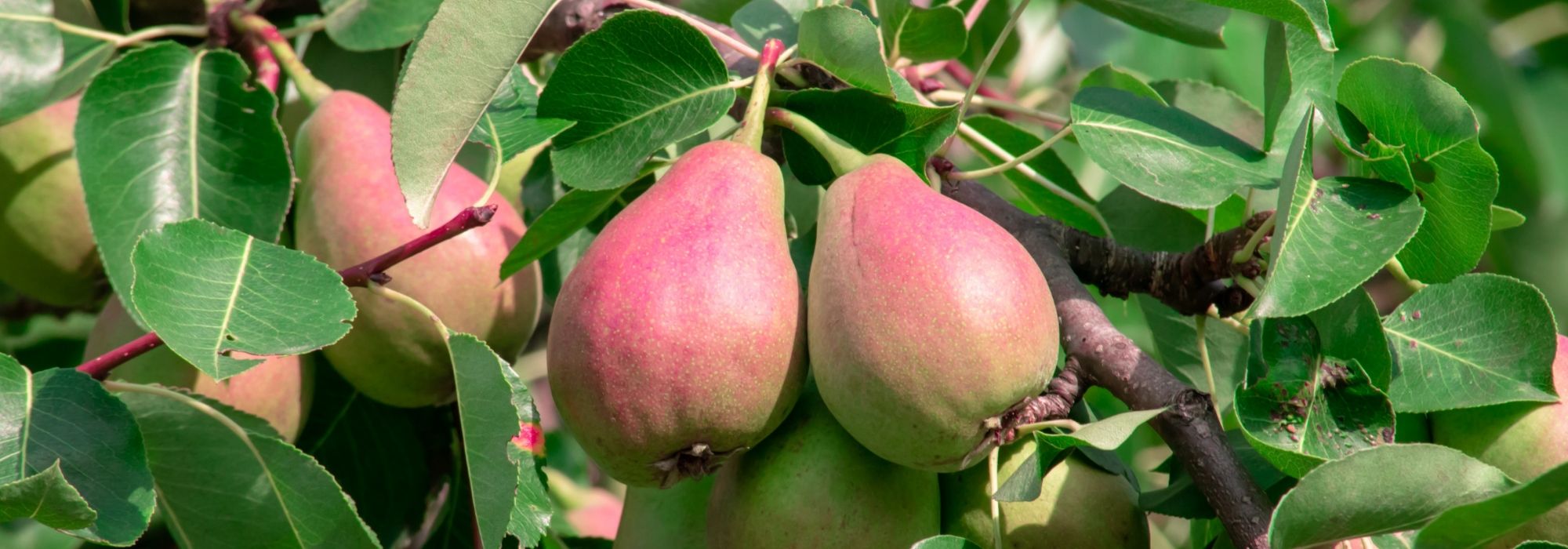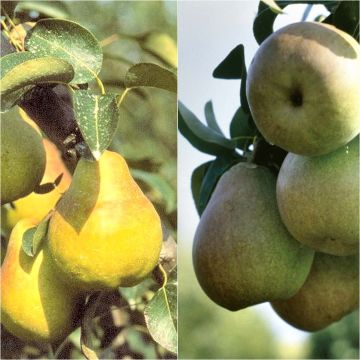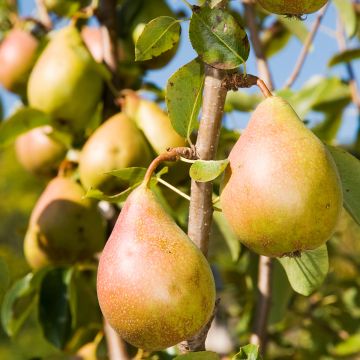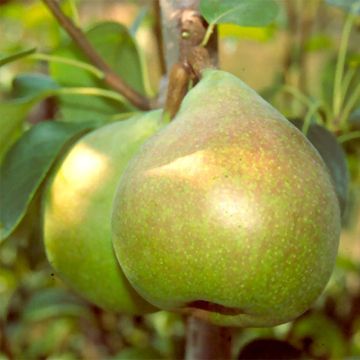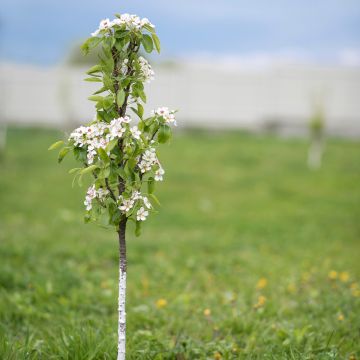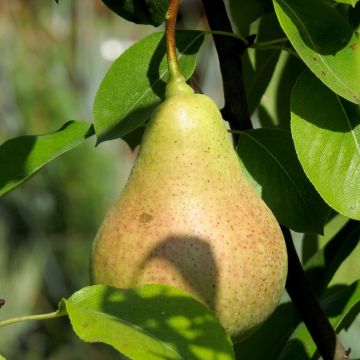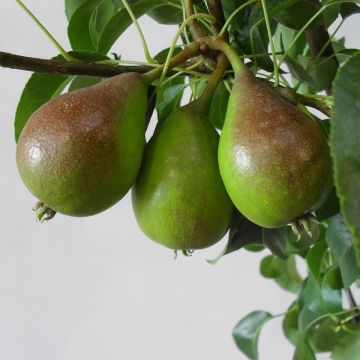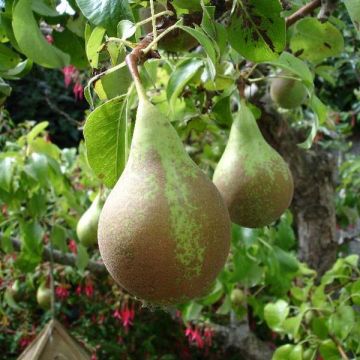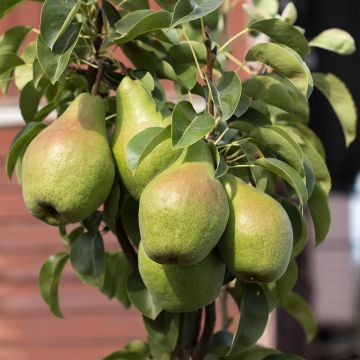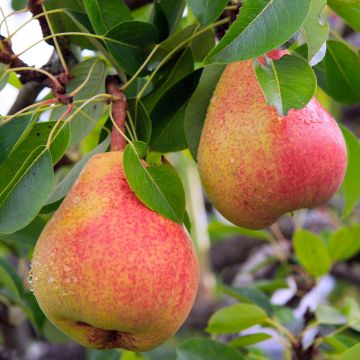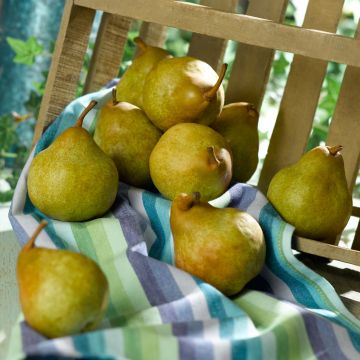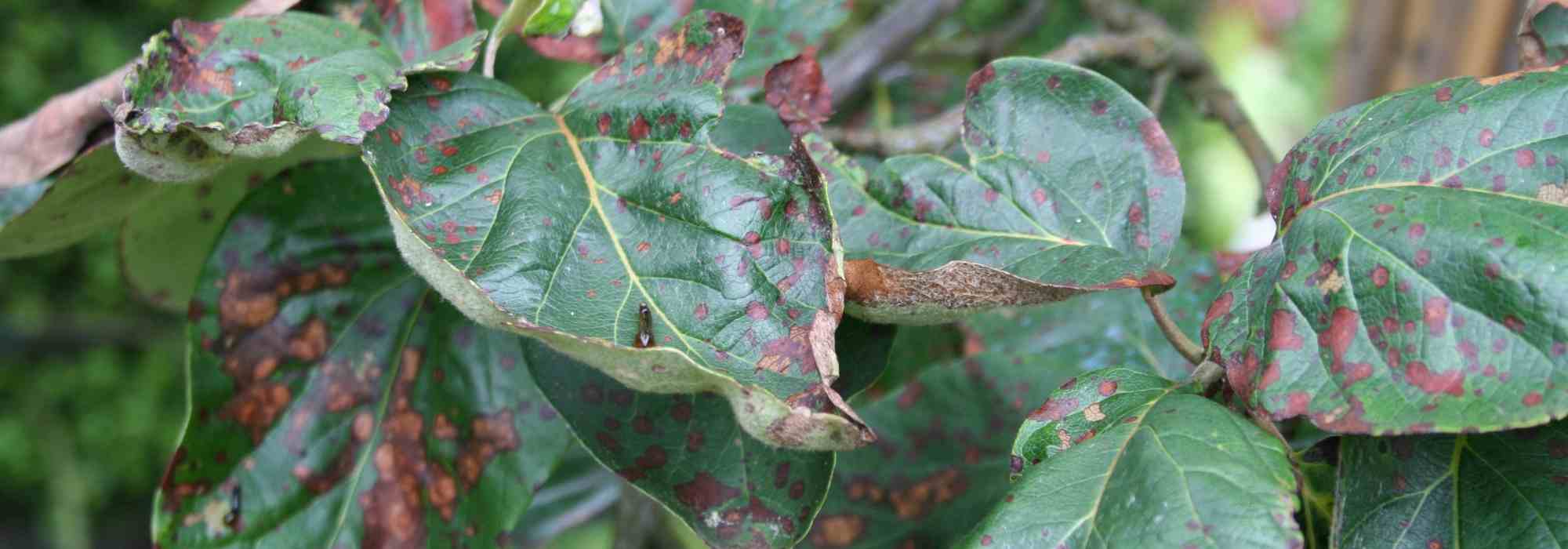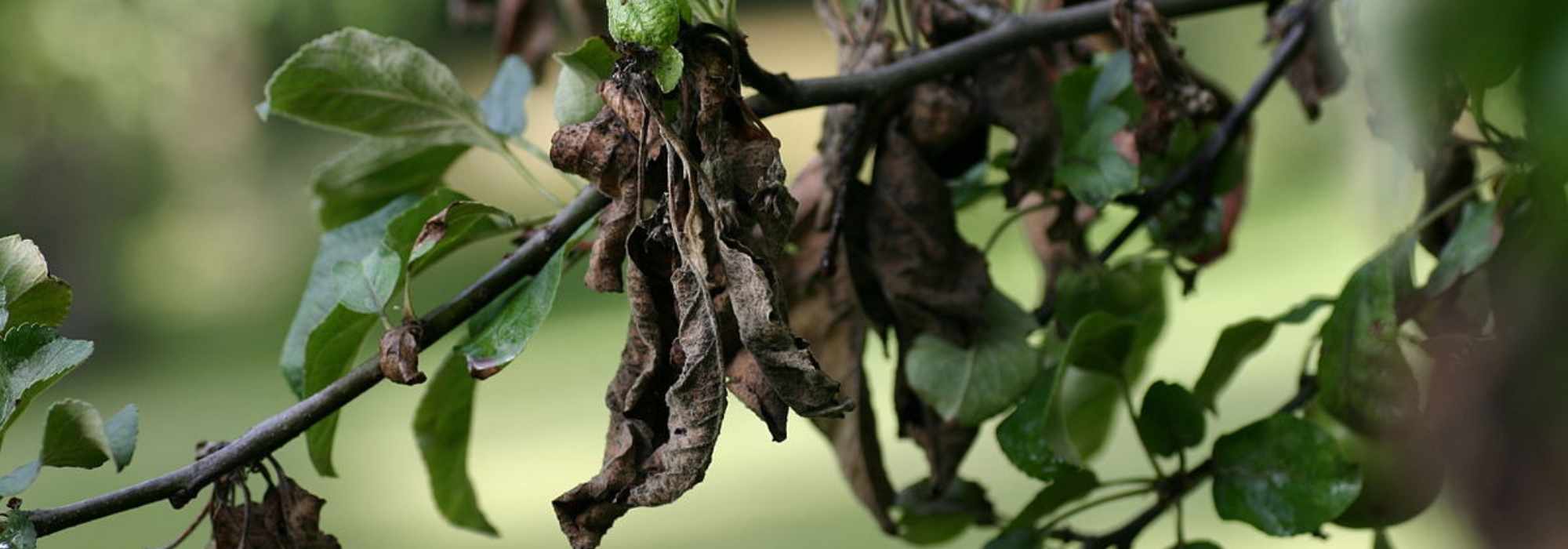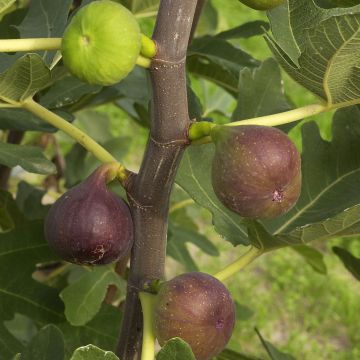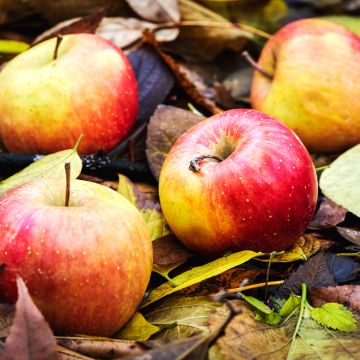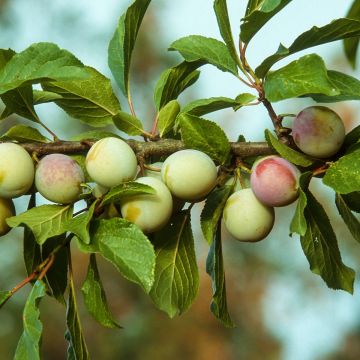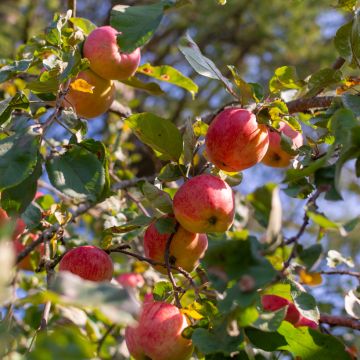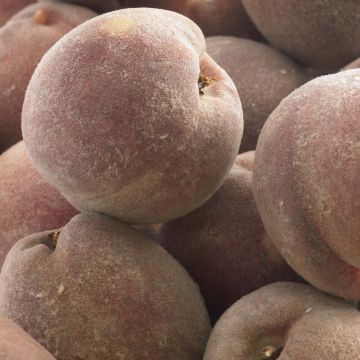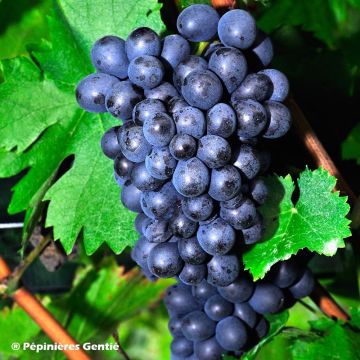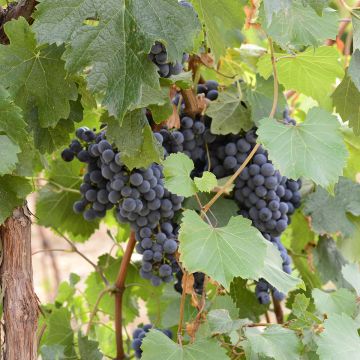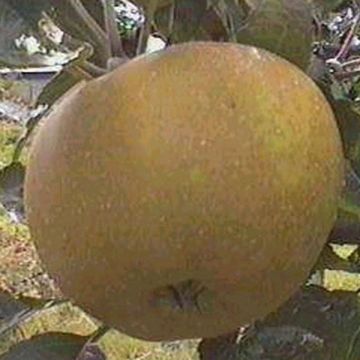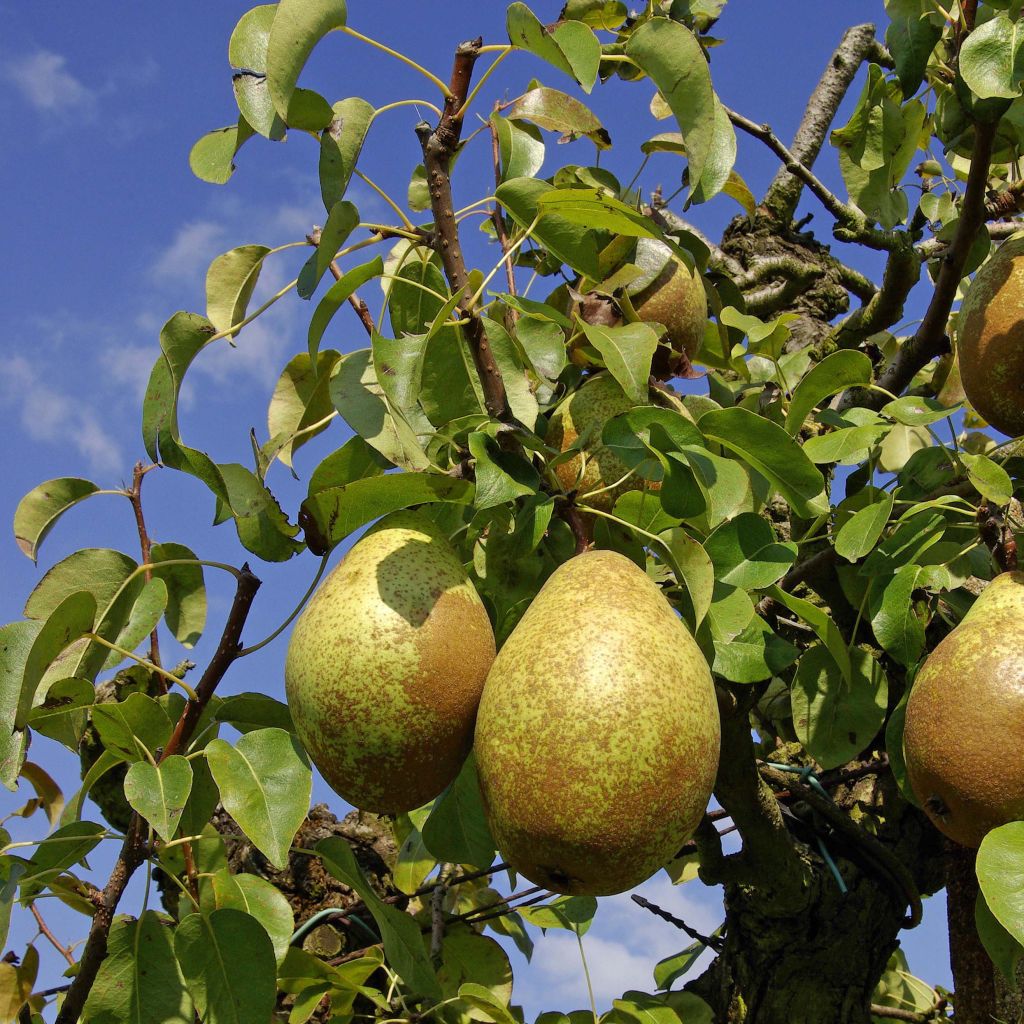

Pyrus communis Comtesse de Paris - Pear Tree
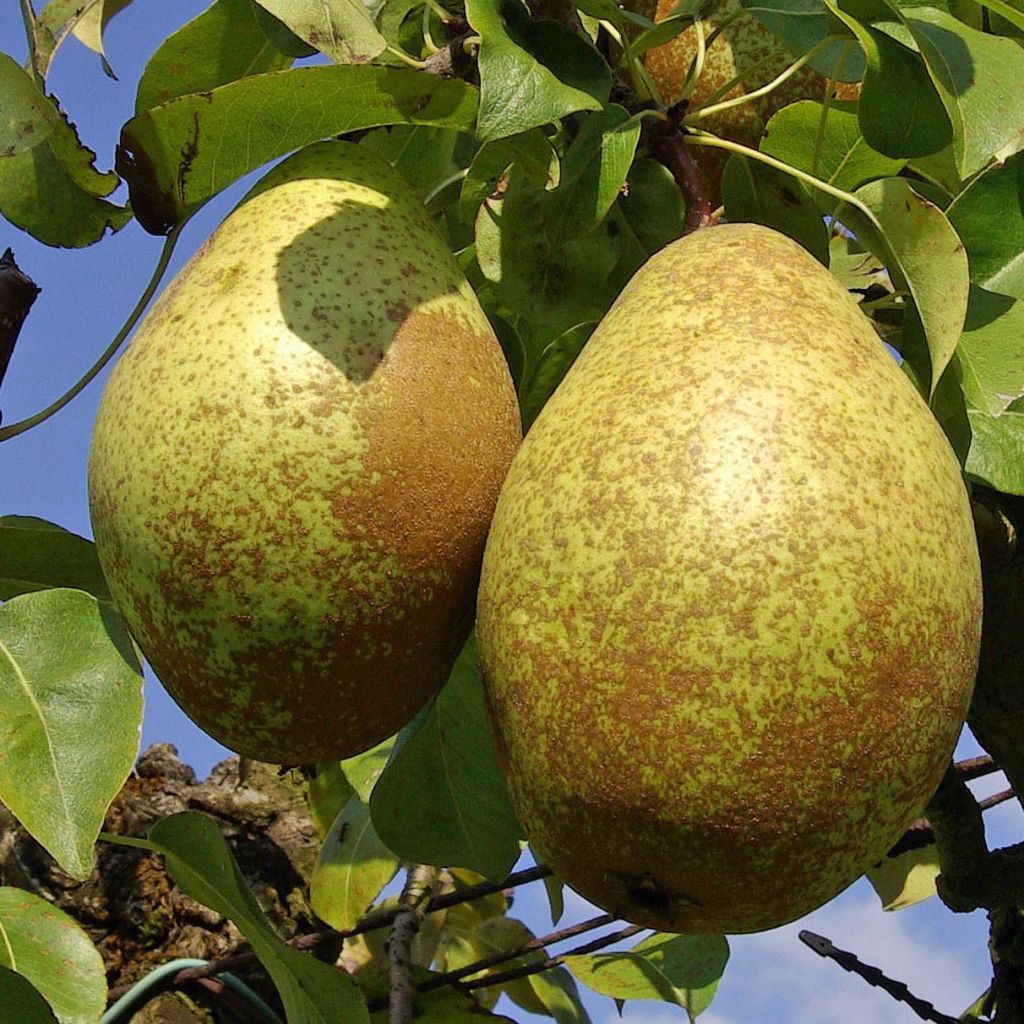

Pyrus communis Comtesse de Paris - Pear Tree
Pyrus communis Comtesse de Paris - Pear Tree
Pyrus communis Comtesse de Paris
Common Pear, European Pear
The tree arrived having lost almost all its leaves, the recovery is laborious, it remains fragile. I am waiting for spring to see how it goes!
cat, 09/09/2024
Special offer!
Receive a €20 voucher for any order over €90 (excluding delivery costs, credit notes, and plastic-free options)!
1- Add your favorite plants to your cart.
2- Once you have reached €90, confirm your order (you can even choose the delivery date!).
3- As soon as your order is shipped, you will receive an email containing your voucher code, valid for 3 months (90 days).
Your voucher is unique and can only be used once, for any order with a minimum value of €20, excluding delivery costs.
Can be combined with other current offers, non-divisible and non-refundable.
Home or relay delivery (depending on size and destination)
Schedule delivery date,
and select date in basket
This plant carries a 6 months recovery warranty
More information
We guarantee the quality of our plants for a full growing cycle, and will replace at our expense any plant that fails to recover under normal climatic and planting conditions.
Description
The 'Comtesse de Paris' Pear Tree is a self-fertile variety considered to be a very good pollinator for other pear trees. These qualities, along with its reasonably fast fruiting, make this fruit tree a good candidate for starting an orchard. The pear is fairly large in size, covered in a green skin with freckles, and has a slightly grainy but tasty and melting flesh. Harvest takes place late, at the end of October, and the fruits can be stored until January if carefully picked and stored in a cool place.
The pear tree is a tree native to central Asia and has been cultivated in China for 6,000 years. It was introduced to Europe around the 6th century. While its development in the Middle Ages remained limited, there were already 200 varieties during the Renaissance. Since then, the number of varieties has continued to increase. The 'Comtesse de Paris' Pear Tree is an old variety obtained by Mr. Fourcine, a horticulturist from Dreux, in 1882. It is not very susceptible to diseases and is very fertile, making it still interesting for starting or completing an orchard.
If it is not prone to frost, the 'Comtesse de Paris' Pear Tree will still appreciate protected and sunny locations, avoiding frosty and windy situations. Easy to grow, it likes moist and deep soils, but it dislikes excessively draining and limestone soils. In winter, provide the tree with a handful of wood ash, rich in potash, which will improve flowering and fruit quality. This practice can be extended to your entire orchard. The flowering is late, occurring in April, and is protected from frost. Being self-fertile, the proximity of other pear trees is not necessary for fruiting, but the presence of other pear trees nearby will increase productivity. The very common 'William's' and 'Conference' varieties will fulfill this role very well.
This variety produces fairly large and plump fruits, with a thick and rough skin that has a color ranging from green to yellow, dotted with numerous small bronze spots. In the mouth, the flesh is melting and juicy, with a slightly spicy aroma balanced with sweetness. This flavour makes this pear suitable for making sweet and savoury dishes, such as accompanying game meat, for example.
Pyrus communis Comtesse de Paris - Pear Tree in pictures
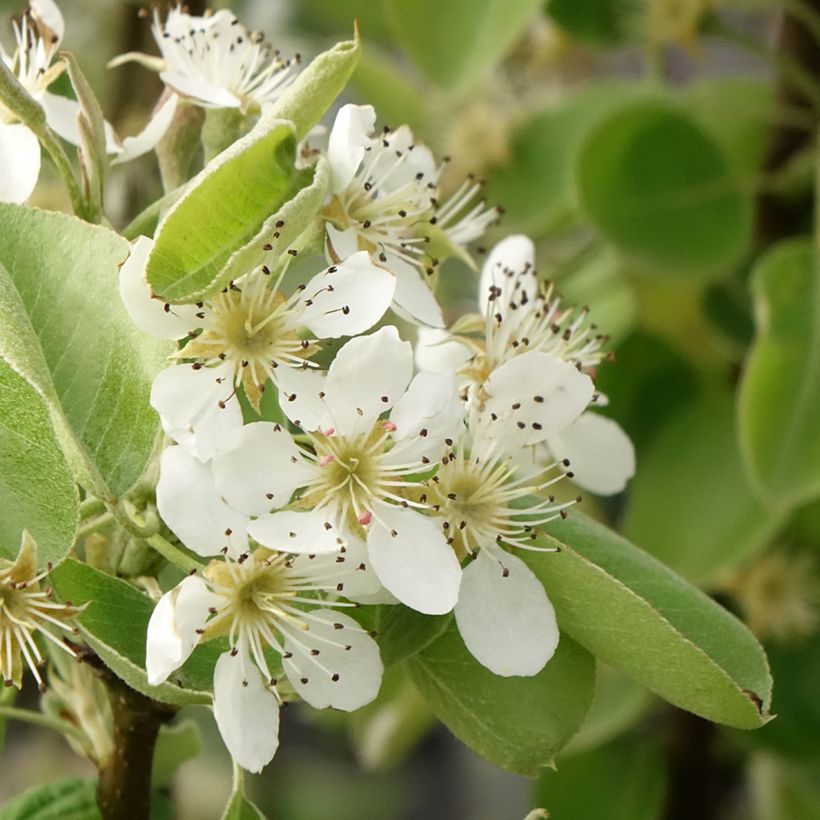

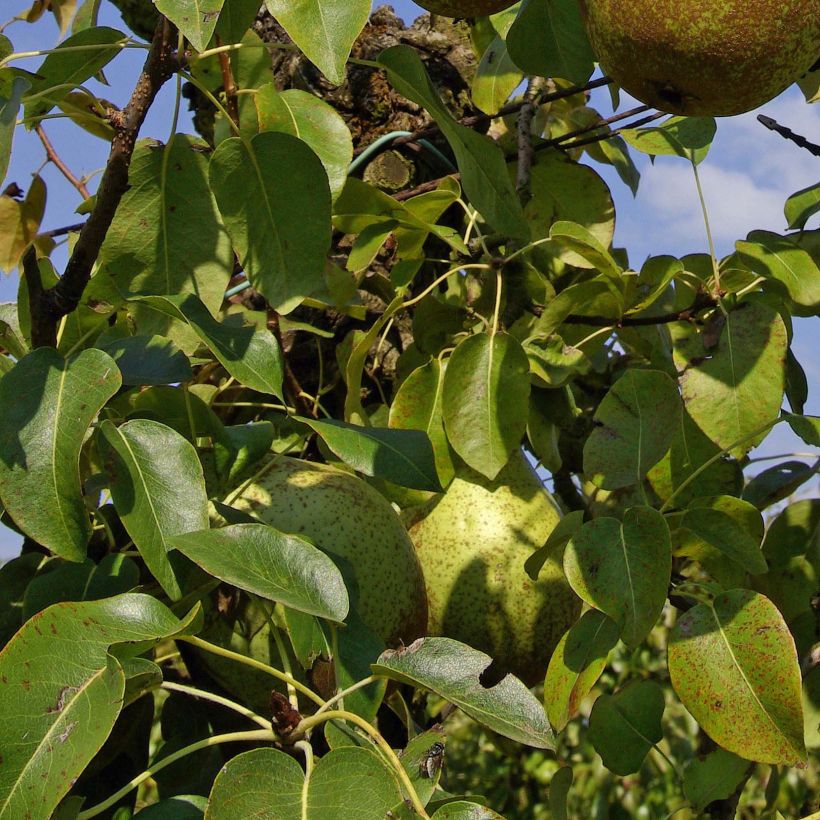

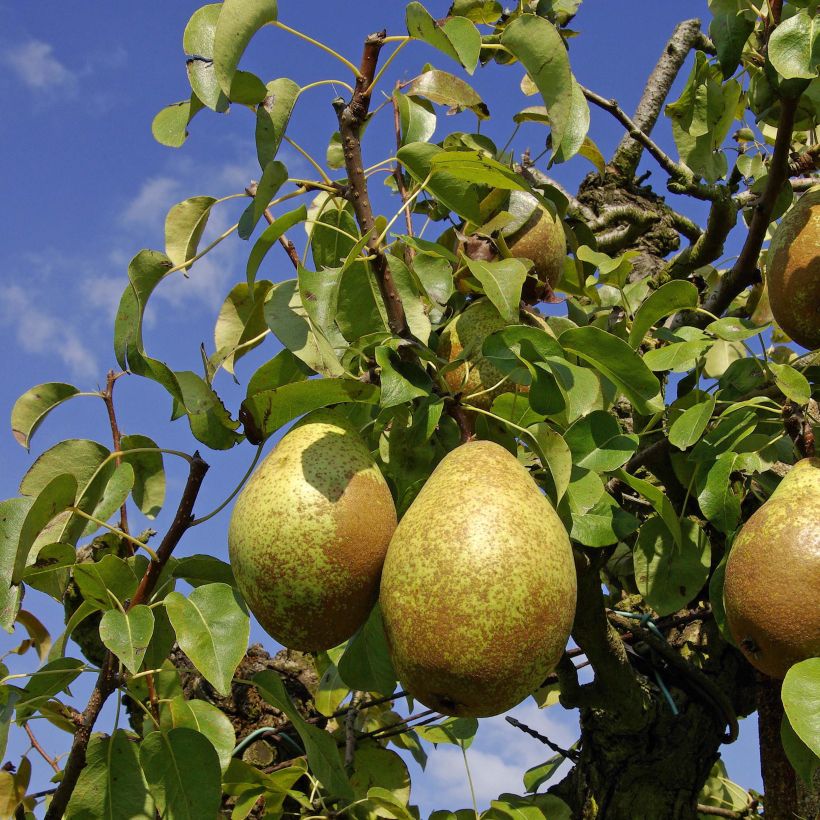

Plant habit
Fruit
Flowering
Foliage
Botanical data
Pyrus
communis
Comtesse de Paris
Rosaceae
Common Pear, European Pear
Cultivar or hybrid
Quince BA29 (Ready-to-plant root ball - Scion)
Other Pear trees
View all →Planting and care
Plant the 'Comtesse de Paris' pear tree in a sunny location, in neutral, acidic, or slightly alkaline soil, moist but not excessively so. Dig a hole two to three weeks before planting, twice as wide and deep as the pot. On planting day, place the tree with its pot in a basin of water, so as to moisten the entire root ball by capillary action. Ensure drainage in the planting hole by adding a small layer of gravel at the bottom of the hole, then add well-decomposed compost on top. Plant the tree in the hole, fill with soil mixed with potting soil. Do not bury the grafting collar. Firmly tamp down at the base. The root ball should be completely covered. Water thoroughly.
You can apply a small handful of wood ash, rich in potash, during winter, as this will improve fruiting. Spread it around the tree under the crown, but not directly at the base of the tree, as the operation would be ineffective.
Planting period
Intended location
Care
Planting & care advice
-
, onOrder confirmed
Reply from on Promesse de fleurs
Similar products
Haven't found what you were looking for?
Hardiness is the lowest winter temperature a plant can endure without suffering serious damage or even dying. However, hardiness is affected by location (a sheltered area, such as a patio), protection (winter cover) and soil type (hardiness is improved by well-drained soil).

Photo Sharing Terms & Conditions
In order to encourage gardeners to interact and share their experiences, Promesse de fleurs offers various media enabling content to be uploaded onto its Site - in particular via the ‘Photo sharing’ module.
The User agrees to refrain from:
- Posting any content that is illegal, prejudicial, insulting, racist, inciteful to hatred, revisionist, contrary to public decency, that infringes on privacy or on the privacy rights of third parties, in particular the publicity rights of persons and goods, intellectual property rights, or the right to privacy.
- Submitting content on behalf of a third party;
- Impersonate the identity of a third party and/or publish any personal information about a third party;
In general, the User undertakes to refrain from any unethical behaviour.
All Content (in particular text, comments, files, images, photos, videos, creative works, etc.), which may be subject to property or intellectual property rights, image or other private rights, shall remain the property of the User, subject to the limited rights granted by the terms of the licence granted by Promesse de fleurs as stated below. Users are at liberty to publish or not to publish such Content on the Site, notably via the ‘Photo Sharing’ facility, and accept that this Content shall be made public and freely accessible, notably on the Internet.
Users further acknowledge, undertake to have ,and guarantee that they hold all necessary rights and permissions to publish such material on the Site, in particular with regard to the legislation in force pertaining to any privacy, property, intellectual property, image, or contractual rights, or rights of any other nature. By publishing such Content on the Site, Users acknowledge accepting full liability as publishers of the Content within the meaning of the law, and grant Promesse de fleurs, free of charge, an inclusive, worldwide licence for the said Content for the entire duration of its publication, including all reproduction, representation, up/downloading, displaying, performing, transmission, and storage rights.
Users also grant permission for their name to be linked to the Content and accept that this link may not always be made available.
By engaging in posting material, Users consent to their Content becoming automatically accessible on the Internet, in particular on other sites and/or blogs and/or web pages of the Promesse de fleurs site, including in particular social pages and the Promesse de fleurs catalogue.
Users may secure the removal of entrusted content free of charge by issuing a simple request via our contact form.
The flowering period indicated on our website applies to countries and regions located in USDA zone 8 (France, the United Kingdom, Ireland, the Netherlands, etc.)
It will vary according to where you live:
- In zones 9 to 10 (Italy, Spain, Greece, etc.), flowering will occur about 2 to 4 weeks earlier.
- In zones 6 to 7 (Germany, Poland, Slovenia, and lower mountainous regions), flowering will be delayed by 2 to 3 weeks.
- In zone 5 (Central Europe, Scandinavia), blooming will be delayed by 3 to 5 weeks.
In temperate climates, pruning of spring-flowering shrubs (forsythia, spireas, etc.) should be done just after flowering.
Pruning of summer-flowering shrubs (Indian Lilac, Perovskia, etc.) can be done in winter or spring.
In cold regions as well as with frost-sensitive plants, avoid pruning too early when severe frosts may still occur.
The planting period indicated on our website applies to countries and regions located in USDA zone 8 (France, United Kingdom, Ireland, Netherlands).
It will vary according to where you live:
- In Mediterranean zones (Marseille, Madrid, Milan, etc.), autumn and winter are the best planting periods.
- In continental zones (Strasbourg, Munich, Vienna, etc.), delay planting by 2 to 3 weeks in spring and bring it forward by 2 to 4 weeks in autumn.
- In mountainous regions (the Alps, Pyrenees, Carpathians, etc.), it is best to plant in late spring (May-June) or late summer (August-September).
The harvesting period indicated on our website applies to countries and regions in USDA zone 8 (France, England, Ireland, the Netherlands).
In colder areas (Scandinavia, Poland, Austria...) fruit and vegetable harvests are likely to be delayed by 3-4 weeks.
In warmer areas (Italy, Spain, Greece, etc.), harvesting will probably take place earlier, depending on weather conditions.
The sowing periods indicated on our website apply to countries and regions within USDA Zone 8 (France, UK, Ireland, Netherlands).
In colder areas (Scandinavia, Poland, Austria...), delay any outdoor sowing by 3-4 weeks, or sow under glass.
In warmer climes (Italy, Spain, Greece, etc.), bring outdoor sowing forward by a few weeks.






























